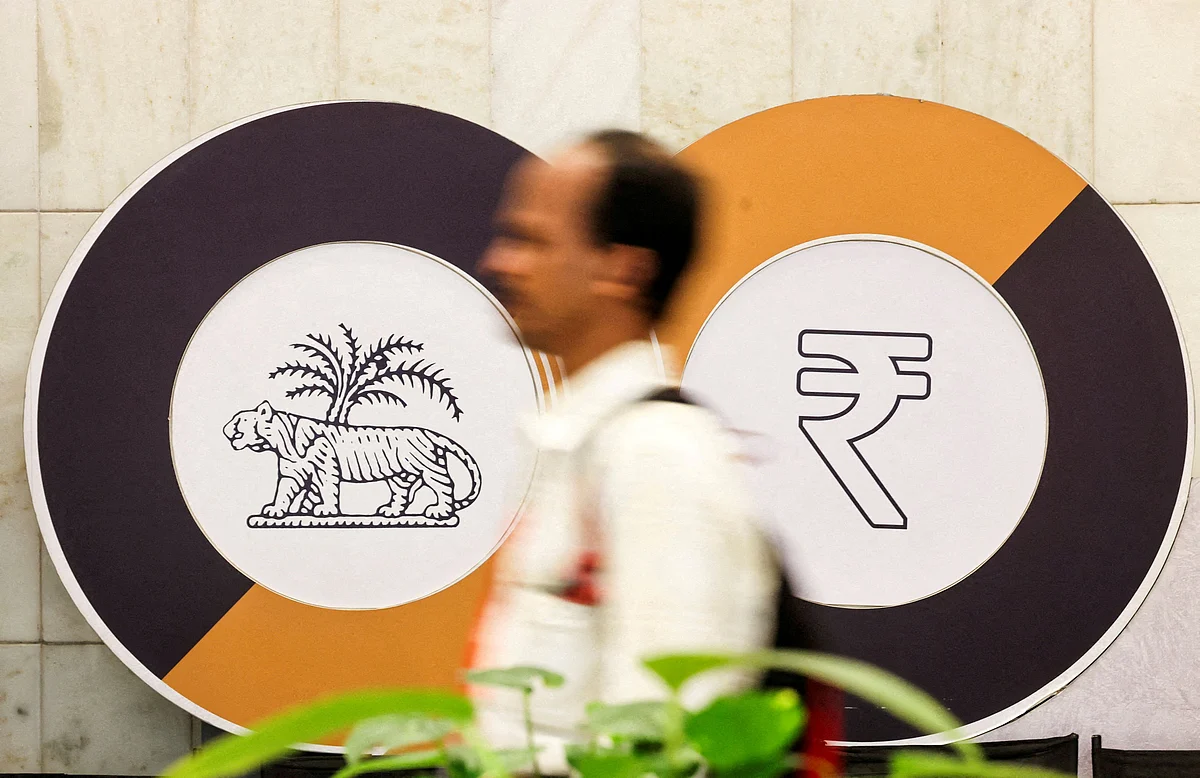
Nris In UAE: High Manufacturing Costs Hinder India Growth
Question: Indian manufacturers and exporters are finding it difficult to compete internationally due to the high cost of borrowing from overseas sources on account of certain Indian regulatory constraints. Is there any likelihood of these pressures being eased?
ANSWER: At present the rules pertaining to external commercial borrowings (ECBs) are quite stringent and the Reserve Bank of India is reviewing the same so that Indian companies can raise money abroad at a lower cost. A draft framework is being finalised to rationalise borrowing limits and restrictions on average maturity period, apart from simplification of reporting requirements. Borrowing limits are proposed to be raised from the current level of $750 million every year through ECBs and from $3 million for startups. While restrictions will continue to remain for end use of funds to ensure that they are not diverted for speculative or restrictive purposes, the guidelines will be relaxed for sectors like infrastructure, manufacturing and energy which are capital intensive in nature.
Recommended For YouBorrowing costs are proposed to be reduced from the current maximum level, which is 250 basis points over the six-month LIBOR. It is also proposed to relax the minimum average maturity period for ECBs, which is three years at present. Thus, new guidelines which are proposed to be issued shortly will make it easier for Indian companies to raise money globally and the cost of doing so will come down. On a different note, the regulatory framework for foreign companies and non-residents who propose to set up representative offices in India is also to be rationalised and processes for doing so are to be simplified.
Question: Silver prices have shot up in India as well as in foreign countries. Is it a bubble likely to burst?
ANSWER: A host of factors have contributed to the increase in silver prices in India and globally. One of the reasons for the high price is that there is a rising demand for this metal from the industrial sector, mainly, producers of electric vehicles, semiconductors, and solar panels. Closure of some mines in certain parts of the world that produce silver is partially responsible for the supply-demand mismatch. In the domestic market in India, there is a substantial difference between the price of silver futures for delivery in December and the spot market price. As a precautionary measure, the metal commodities exchange has increased margins on silver contracts by 1.5 per cent and is currently at 11.5 per cent.
Due to the sudden price increase, the domestic demand for silver has skyrocketed among retail buyers, jewellers and traders. The festive season has also contributed to this. India is the world's largest consumer of silver and it relies on imports to meet more than 80 per cent of its demand. In view of the uncertainty in prices, several mutual fund houses have stopped taking money from investors in their silver exchange traded funds. The euphoric buying of the white metal has its roots in the international market where the price has more than doubled which has resulted in the prices in India jumping from Rs70,000 to Rs190,000 per kilo. Some analysts believe that after the festive and wedding season comes to an end, the price increase is expected to be muted.
Question: I read in the press that India is one of the leading exporters of smartphones. Is this true considering the fact that the U.S. has imposed additional tariffs on Indian products?
ANSWER: While the US Government has imposed 50 per cent tariffs on a wide range of products exported from India, smart phones are currently not covered due to exemptions granted by the Trump administration. During the first half of this fiscal year ended on 30th September, 2025, exports of mobile phones have increased by 60 per cent with a total shipment of $13.5 billion against $8.5 billion in the same period of the preceding fiscal year. Apart from Apple, other brands being exported from India include those manufactured by Samsung and Motorola.
The sustained rise in exports reflects the sound foundation of India's mobile phone manufacturing ecosystem. According to the India Cellular and Electronics Association, export of mobile phones is expected to touch approximately $35 billion during the current fiscal year 2025-26 compared to $24.1 billion in 2024-25. Apart from the US, India exports mobile phones to the UK, UAE, Austria, Netherlands and a host of other countries.
HP Ranina is a practicing lawyer, specialising in corporate and fiscal laws of India.

Legal Disclaimer:
MENAFN provides the
information “as is” without warranty of any kind. We do not accept
any responsibility or liability for the accuracy, content, images,
videos, licenses, completeness, legality, or reliability of the information
contained in this article. If you have any complaints or copyright
issues related to this article, kindly contact the provider above.

















Comments
No comment